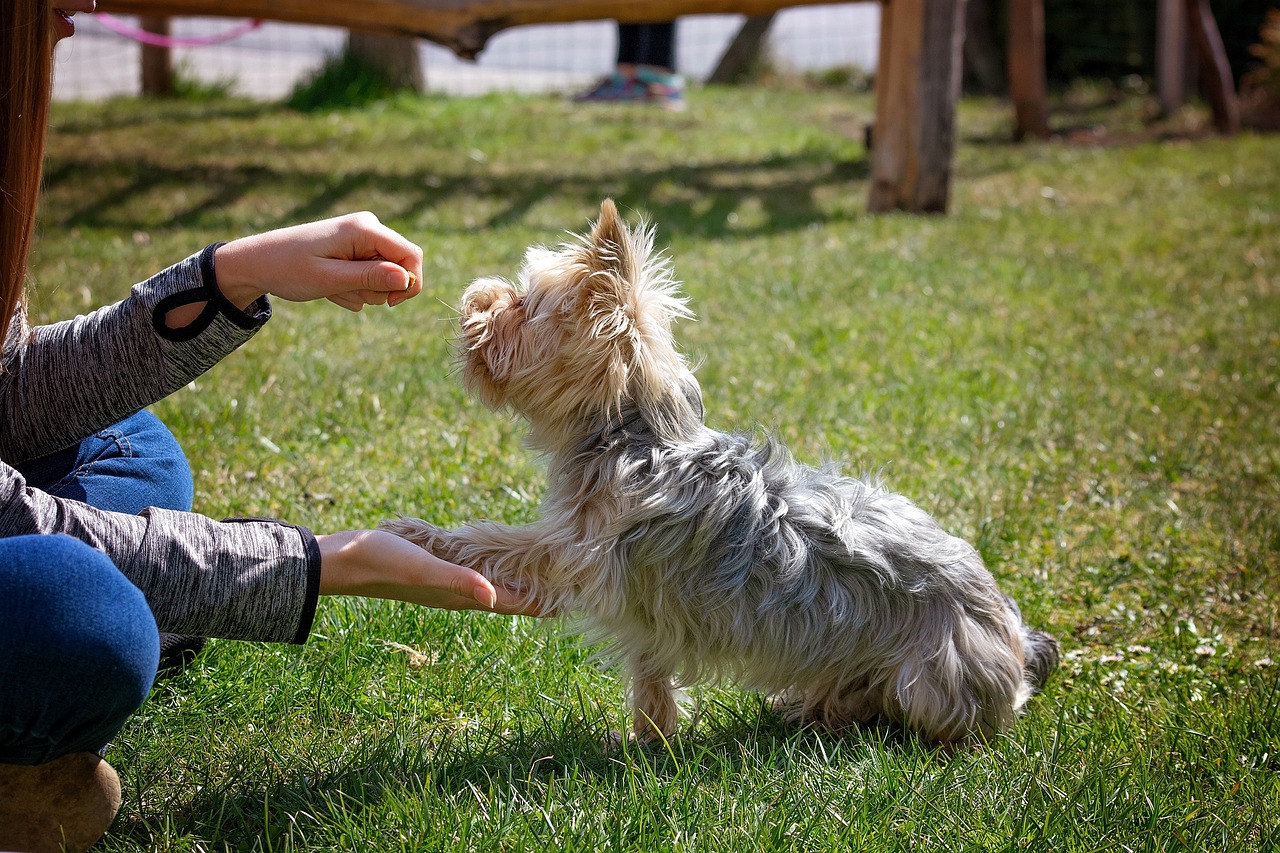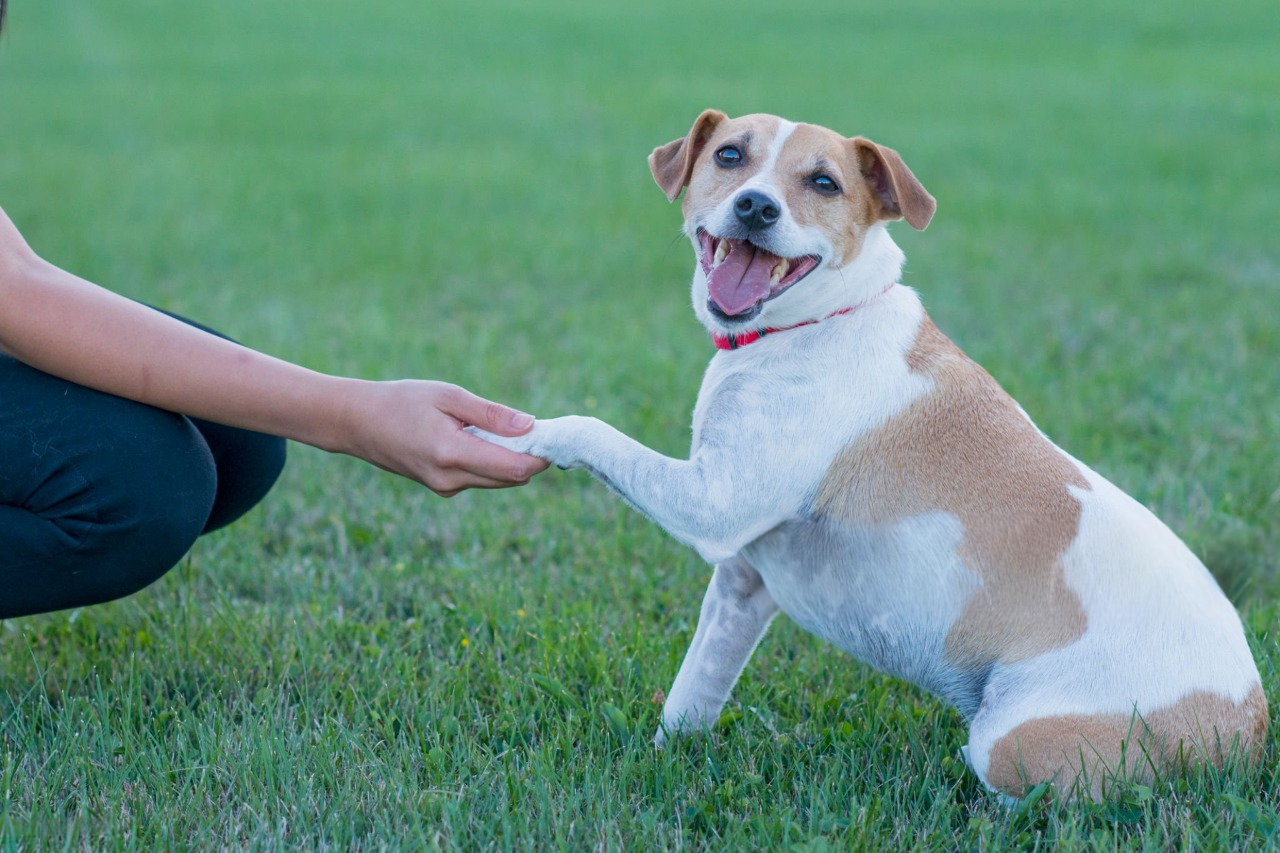An alarming 56% of dogs are classified as overweight or obese, making obesity the most common preventable health issue in dogs. However, many pet owners might not realize their furry companions are carrying extra pounds, nor do they associate obesity with preventable diseases. Excess weight can lead to serious health problems such as arthritis, liver disease, hypertension, diabetes, and even cancer. It can also shorten a dog’s lifespan by up to 2.5 years.
What Is a Body Condition Score (BCS)?
The Body Condition Score (BCS) is a standardized system used to evaluate a dog’s body condition based on physical characteristics, rather than just weight. It typically uses a scale of 1-5 or 1-9, with the middle scores indicating an ideal body condition. Here’s an overview of the 1-5 scale:
- 1: Very Thin – Ribs, hip bones, and spine are highly visible with minimal fat.
- 2: Underweight – Ribs and spine are visible but slightly covered with fat.
- 3: Ideal – Ribs are not visible but can be easily felt; a noticeable waist and abdominal tuck are present.
- 4: Overweight – Ribs are hard to feel under a moderate fat layer; waist is less defined.
- 5: Obese – Ribs are very difficult to feel, and the dog has no visible waistline.
For the 1-9 scale, similar principles apply but with finer distinctions between each level. The 1-5 scale is generally easier for pet owners to use while still being effective.

Breed-Specific Considerations
Different breeds naturally have varying body shapes. For example, greyhounds and whippets are lean with prominent waists, while mastiffs and bulldogs are stockier with less pronounced abdominal tucks. A healthy BCS for these breeds may look different, even if they share the same score.
Understanding your dog’s body condition through the BCS system is a valuable way to ensure they maintain a healthy weight and live their best life.
How to Address Weight Issues
If your dog is overweight, start by adjusting their diet. Reduce their daily food portions and replace some of their meals with low-calorie, high-fiber alternatives like green beans or carrots. Monitor treat intake and consider using portions of their regular food as training rewards.
Exercise is equally important, but it must be gradual, especially for dogs with existing weight-related health issues. Begin with small increases in activity, such as longer walks or swimming, which is gentle on joints.
For severe cases, consult your veterinarian. They can recommend specialized diets, calculate your dog’s caloric needs, and suggest a weight-loss plan tailored to their condition.
Conclusion
Keeping your dog at a healthy weight is vital for their well-being. By regularly evaluating their body condition and making thoughtful adjustments to their diet and activity, you can help them lead a longer, healthier, and happier life. Always seek guidance from your veterinarian if you’re unsure about your dog’s weight or health.

“A blog for pet lovers” is a dedicated space where animal enthusiasts can explore tips, stories, and expert advice on pet care, training, health, and more. Whether you’re a dog person, a cat lover, or someone who adores all animals, this blog offers a warm and engaging community for you to connect, learn, and celebrate the joy of having pets…







